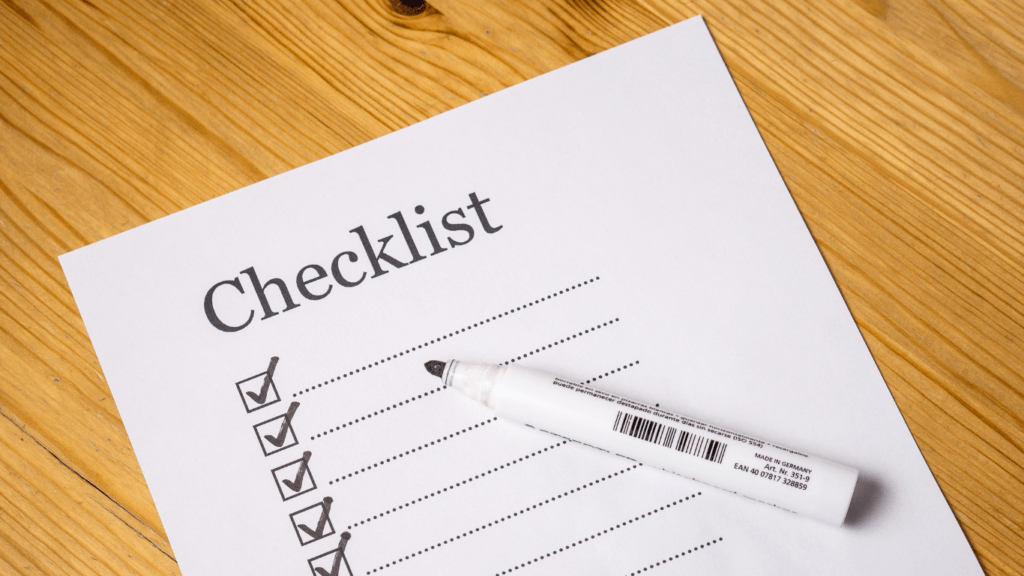In the world of email marketing, re-engagement campaigns play a crucial role in reviving dormant subscriber lists. As a marketer, I’ve seen firsthand the impact of winning back inactive subscribers through targeted strategies.
It’s not just about increasing open rates; it’s about rekindling the relationship with those who were once interested. Crafting compelling content and irresistible offers are key elements in luring back subscribers who have gone silent.
Through personalized approaches and data-driven insights, I’ve discovered the power of reigniting engagement and driving conversions. Join me as we delve into the art of re-engagement campaigns and learn how to turn disengaged subscribers into loyal customers once again.
Understanding Inactive Subscribers
Analyzing inactive subscribers is key to optimizing email campaigns and re-engaging dormant audiences. By segmenting inactive subscribers based on engagement levels, last interaction, and content preferences, I can tailor campaigns to address their specific needs.
Understanding the reasons behind inactivity helps me create personalized re-engagement strategies that resonate with each segment. Data-driven insights enable me to craft compelling offers and content, reigniting interest and driving successful re-engagement.
Importance of Re-engagement Campaigns
Exploring the significance of re-engagement campaigns illuminates their pivotal role in email marketing. Resurrecting dormant subscriber lists isn’t just about increasing open rates; it’s about rekindling relationships with past subscribers. Crafting compelling content, designing irresistible offers, and leveraging personalized tactics are key to success.
By delving into specific metrics and analyzing engagement levels, I can tailor re-engagement strategies to suit different subscriber segments. Segmentation based on factors like interaction frequency and content preferences enables the creation of targeted campaigns that cater to individual group needs.
This data-driven methodology uncovers insights that guide the development of effective re-engagement initiatives, transforming disengaged subscribers into devoted customers.
Strategies for Effective Re-engagement
In re-engagement campaigns, segmenting inactive subscribers is crucial to tailor the message to their specific needs. By categorizing subscribers based on their engagement levels, I can create targeted strategies that resonate with each group.
Segmenting Inactive Subscribers
Segmenting inactive subscribers allows me to understand their behavior and preferences better. By analyzing metrics like interaction frequency and content interests, I can create personalized re-engagement efforts that address the unique reasons for disengagement.
Crafting Compelling Content
Crafting compelling content is essential to capture the attention of inactive subscribers. By creating relevant and engaging messages that speak to their interests and pain points, I can increase the chances of rekindling their interest and re-engaging them with the brand.
Implementing Re-engagement Campaigns
Transitioning from planning to execution is crucial in implementing re-engagement campaigns. It’s essential to follow a systematic approach that maximizes the chances of success. Here’s how I approach the implementation of re-engagement campaigns effectively:
- Reviewing Subscriber Data: Analyzing subscriber data is the first step in implementing re-engagement campaigns. By understanding subscriber behavior patterns and reasons for disengagement, I can tailor my strategies more effectively.
- Segmenting Inactive Subscribers: Segmenting inactive subscribers based on their interaction frequency and content preferences allows me to create personalized campaigns. This segmentation helps in crafting targeted messages that resonate with each group.
- Crafting Compelling Content: Creating relevant and engaging content is key to capturing the attention of inactive subscribers. I focus on addressing their interests and pain points to increase the chances of re-engagement.
- Designing Irresistible Offers: Incorporating irresistible offers in re-engagement campaigns can significantly boost subscriber interest. By providing value through exclusive deals or incentives, I motivate subscribers to re-engage with the content.
- Utilizing Personalized Approaches: Personalization plays a vital role in re-engagement campaigns. By leveraging data-driven insights, I tailor messages to match the preferences and behaviors of inactive subscribers, increasing the likelihood of reconnecting with them.
- Testing and Optimization: Continuous testing and optimization of re-engagement strategies are essential for improving campaign performance. Monitoring key metrics and adjusting tactics based on results help in refining approaches for better outcomes.
Implementing re-engagement campaigns requires a strategic mindset and a data-driven approach. By focusing on personalized strategies, compelling content, and targeted efforts, I aim to revitalize inactive subscriber lists and rekindle valuable relationships with past subscribers.
Measuring Success and Adjusting Strategies
Measuring the success of re-engagement campaigns involves analyzing key metrics like open rates, click-through rates, and conversion rates to gauge campaign impact. These insights help me adjust strategies, test variations, and refine approaches for better engagement with inactive subscribers.
Segmentation allows me to deliver targeted, personalized content to specific groups, increasing the chances of re-engaging dormant subscribers. By continuously monitoring performance and adapting strategies based on data, I can optimize re-engagement efforts and foster lasting subscriber relationships.

 Patrick Longsonicster is a vital member of the Squad Digital Hack team, contributing his skills in digital marketing to help build a robust platform for users. With a strong focus on developing effective content marketing strategies, Patrick ensures that the platform provides actionable insights that resonate with businesses and marketers. His dedication to enhancing user experience and optimizing marketing techniques has made a significant impact, equipping users with the tools they need to thrive in the digital landscape.
Patrick Longsonicster is a vital member of the Squad Digital Hack team, contributing his skills in digital marketing to help build a robust platform for users. With a strong focus on developing effective content marketing strategies, Patrick ensures that the platform provides actionable insights that resonate with businesses and marketers. His dedication to enhancing user experience and optimizing marketing techniques has made a significant impact, equipping users with the tools they need to thrive in the digital landscape.